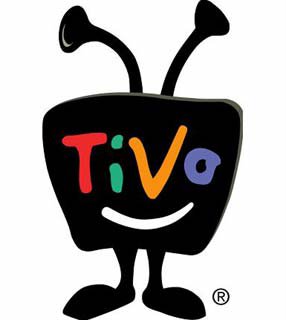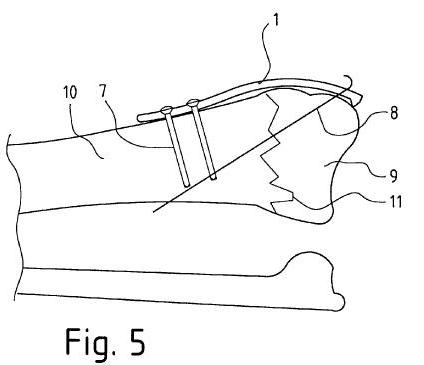In April of 2006, an Eastern District of Texas jury awarded TiVo $73.9 Million in damages for EchoStar’s infringement of several claims of U.S. Patent No. 6,233,389. The ‘389 patent covers digital video recorder (“DVR”) technology that covers time shifting both for previously recorded programs and for programs that are currently being recorded. You may recall TiVo’s commercials proclaiming that “you can pause live TV.” The jury found that EchoStar, operator of the Dish Network, infringed on both the hardware claims and the software claims. The district court issued a permanent injunction against EchoStar and entered the judgment. EchoStar appealed.
 On an emergency motion by EchoStar, the Court of Appeals for the Federal Circuit (“CAFC”) stayed the permanent injunction pending the outcome of the appeal. On January 31, 2008, although the CAFC agreed with EchoStar that it did not infringe on the hardware claims, the CAFC upheld the infringement of the software claims. The CAFC explained that because the jury had not segregated the damages award along the hardware and software claims, the $73.9 Million award still stood. In fact, the CAFC instructed the lower court to increase the monetary award based on EchoStar’s continuing infringement while the lower court’s judgment was stayed. Click To Read The CAFC Opinion.
On an emergency motion by EchoStar, the Court of Appeals for the Federal Circuit (“CAFC”) stayed the permanent injunction pending the outcome of the appeal. On January 31, 2008, although the CAFC agreed with EchoStar that it did not infringe on the hardware claims, the CAFC upheld the infringement of the software claims. The CAFC explained that because the jury had not segregated the damages award along the hardware and software claims, the $73.9 Million award still stood. In fact, the CAFC instructed the lower court to increase the monetary award based on EchoStar’s continuing infringement while the lower court’s judgment was stayed. Click To Read The CAFC Opinion.
 Los Angeles Intellectual Property Trademark Attorney Blog
Los Angeles Intellectual Property Trademark Attorney Blog


 TriMed appealed and the Federal Circuit Court of Appeals (“CAFC”) held that the claim at issue of U.S. Patent No. 5,931,839 “recites sufficient structure on its face for performing the claimed functions, and therefore, contrary to the district court’s interpretation, does not involve a means-plus-function limitation.” In holding that the lower court had erred in its claim construction and order of non-infringement, the Federal Circuit stated:
TriMed appealed and the Federal Circuit Court of Appeals (“CAFC”) held that the claim at issue of U.S. Patent No. 5,931,839 “recites sufficient structure on its face for performing the claimed functions, and therefore, contrary to the district court’s interpretation, does not involve a means-plus-function limitation.” In holding that the lower court had erred in its claim construction and order of non-infringement, the Federal Circuit stated: